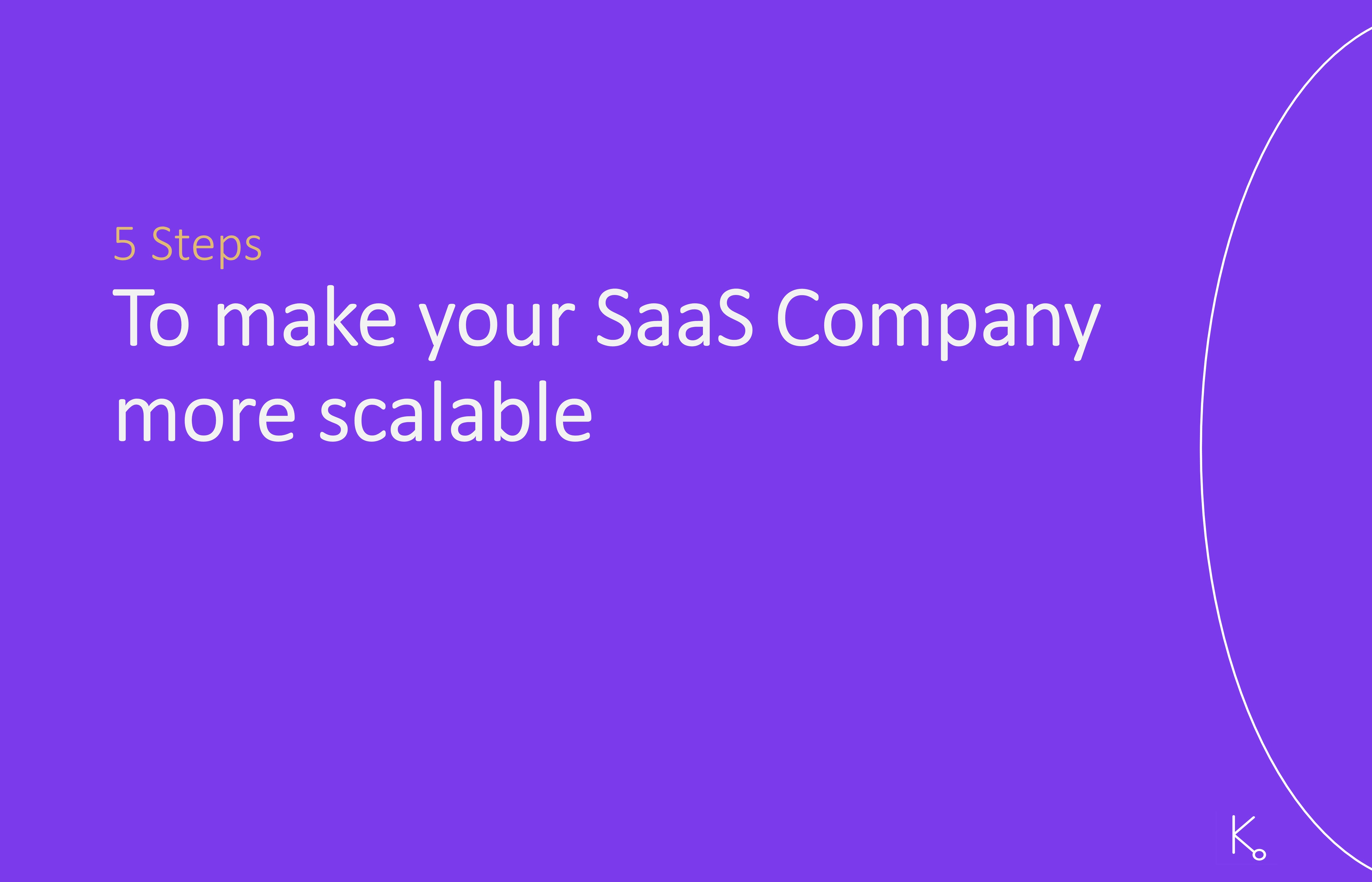Five Steps to scale your SaaS Company
Introduction
Scaling a Software-as-a-Service (SaaS) company involves careful planning and effective strategies. Whether you're just starting out or looking to take your established business to the next level, these five approaches can help you achieve sustainable growth. Incorporating AI tools like Deflekt.ai can further enhance your efforts, especially in customer support.
1. Prioritize Customer Acquisition and Retention
Successfully acquiring and retaining customers is fundamental to scaling your SaaS business. Both strategies are crucial for maintaining a steady growth trajectory.
Customer Acquisition
Content Marketing: Produce high-quality content that addresses the key concerns of your target audience. Engaging blog posts, insightful whitepapers, detailed case studies, and informative videos can attract and convert leads.
Targeted Advertising: Utilize platforms like Google Ads and social media for targeted advertising campaigns. These can bring in a steady flow of qualified leads.
Referral Programs: Encourage satisfied customers to refer others by offering incentives such as discounts, free service months, or other rewards.
Customer Retention
AI-Powered Customer Support with Deflekt.ai: Implementing Deflekt.ai can streamline your customer support processes. This AI tool can handle common queries, provide instant responses, and operate 24/7, freeing up human agents to focus on more complex issues.
Regular Product Updates: Continuously enhance your product based on user feedback. Regular updates and new features can keep customers engaged and reduce churn.
Customer Success Programs: Develop initiatives to help users maximize the value of your product. Webinars, tutorials, and personalized onboarding sessions can significantly improve the user experience.
2. Refine Your Pricing Strategy
An optimized pricing strategy is vital for attracting a broad range of customers and ensuring your SaaS product’s profitability.
Tiered Pricing Models: Offer multiple pricing tiers to cater to different segments of your market. This can help you attract both small businesses and larger enterprises.
Freemium Options: Providing a free version with basic features can help build a large user base. Over time, some free users may convert to paying customers.
Value-Based Pricing: Set your prices based on the value your product provides. Conduct market research to understand what your customers are willing to pay for the benefits your product offers.
Ongoing Pricing Reviews: Regularly review and adjust your pricing strategy based on market trends, competitor actions, and customer feedback.
3. Harness Automation and AI
Automation and AI can dramatically improve your operational efficiency, helping you scale faster and more effectively.
Marketing Automation: Tools like HubSpot, Marketo, and Mailchimp can automate email campaigns, social media posts, and lead nurturing processes. This ensures consistent communication with prospects and customers while saving time.
Sales Automation: Implement CRM systems such as Salesforce or HubSpot CRM to streamline sales processes, manage leads, and track customer interactions more efficiently.
Customer Support with Deflekt.ai: Use Deflekt.ai's AI-driven chatbots to manage routine customer inquiries. This not only speeds up response times but also allows your human agents to focus on more complex issues.
Data Analytics: Employ AI-powered analytics tools to gain deeper insights into customer behavior, product usage, and market trends. These insights can inform strategic decisions and uncover new growth opportunities.
4. Expand Your Market Reach
Broadening your market reach can provide significant growth opportunities for your SaaS company.
Geographical Expansion: Explore new geographic markets to access a larger customer base. Conduct thorough market research to understand the specific needs and preferences of customers in different regions.
Industry Diversification: Adapt your product to serve various industries. Tailor your marketing and sales efforts to highlight how your solution can benefit different sectors.
Strategic Partnerships and Integrations: Form alliances with other companies to expand your reach. Integrating your SaaS product with complementary solutions can add value for customers and open up new customer segments.
5. Invest in Scalable Infrastructure
Ensuring your infrastructure can handle increased demand is crucial as your SaaS company grows.
Cloud Computing: Utilize cloud platforms like AWS, Google Cloud, or Microsoft Azure to host your application. These services offer scalability, reliability, and cost-efficiency.
Microservices Architecture: Implement a microservices architecture to break down your application into smaller, independent services. This approach makes it easier to scale specific components as needed.
Performance Monitoring: Continuously monitor your application's performance using tools like New Relic or Datadog. Identifying and addressing performance bottlenecks promptly can maintain a smooth user experience.
Robust Disaster Recovery Plans: Ensure you have effective disaster recovery plans in place. Regularly back up your data and test recovery procedures to maintain business continuity.
Conclusion
Scaling a SaaS company involves a multifaceted approach that includes customer acquisition and retention, pricing strategy optimization, leveraging automation and AI, expanding market reach, and investing in scalable infrastructure. By implenting AI tools like Deflekt.ai, you can enhance customer support and operational efficiency. Therby driving sustainable growth and long-term success. Remember, scaling is an ongoing process that requires continuous improvement and adaptation to market changes.
